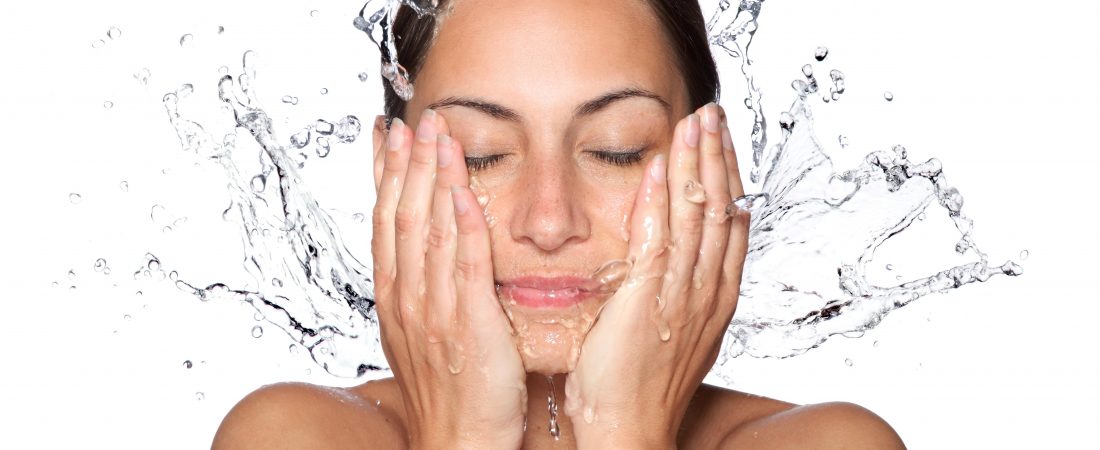4 Signs of Healthy Skin
Your face. You get really used to looking at it, assuming what you’ve always lived with is as it should be. Do you really know how to tell how healthy your skin is? Here are 4 signs of healthy skin.
Hydrated
Healthy skin is full and hydrated. There are no signs of flaking or scaling. It’s dewy. If you are getting proper circulation, it even glows. Make sure you are drinking lots of fluids and moving your body, a.k.a. exercise, and this will be the byproduct!
Natural
Healthy skin feels natural. Have you ever washed your face and immediately felt tightness from the products you used? Healthy skin doesn’t feel that way. Healthy skin on your face is like healthy skin anywhere else on your body. It just exists. You notice it only when something is wrong. Tightness, burning, itching or chapping are all signs that something is wrong with your skin. It may be lack of hydration or that the products you are using are not right for your skin type.
Smooth Texture
Healthy skin is smooth and void of acne, bumps, wrinkles and scars. If you are dealing with any of these issues as an adult, there is likely a hormonal imbalance or lack of nutrients in your body.
Even Color
Skin that is even in color and void of sunspots and blotchiness is the epitome of healthy. Use skincare products with SPF in them and avoid extended sun exposure. Be sure to use sunscreen whenever you will be outdoors. This is the best way to prevent sun damage and maintain even coloring. It’s a little extra work, but your skin will thank you.
Beautiful, healthy skin is possible. Commit to being well hydrated. In addition, stay committed to your skincare routine and use sunscreen. Every once in a while, treat your skin to a facial. We have the finest products and design each facial personally to your needs.


